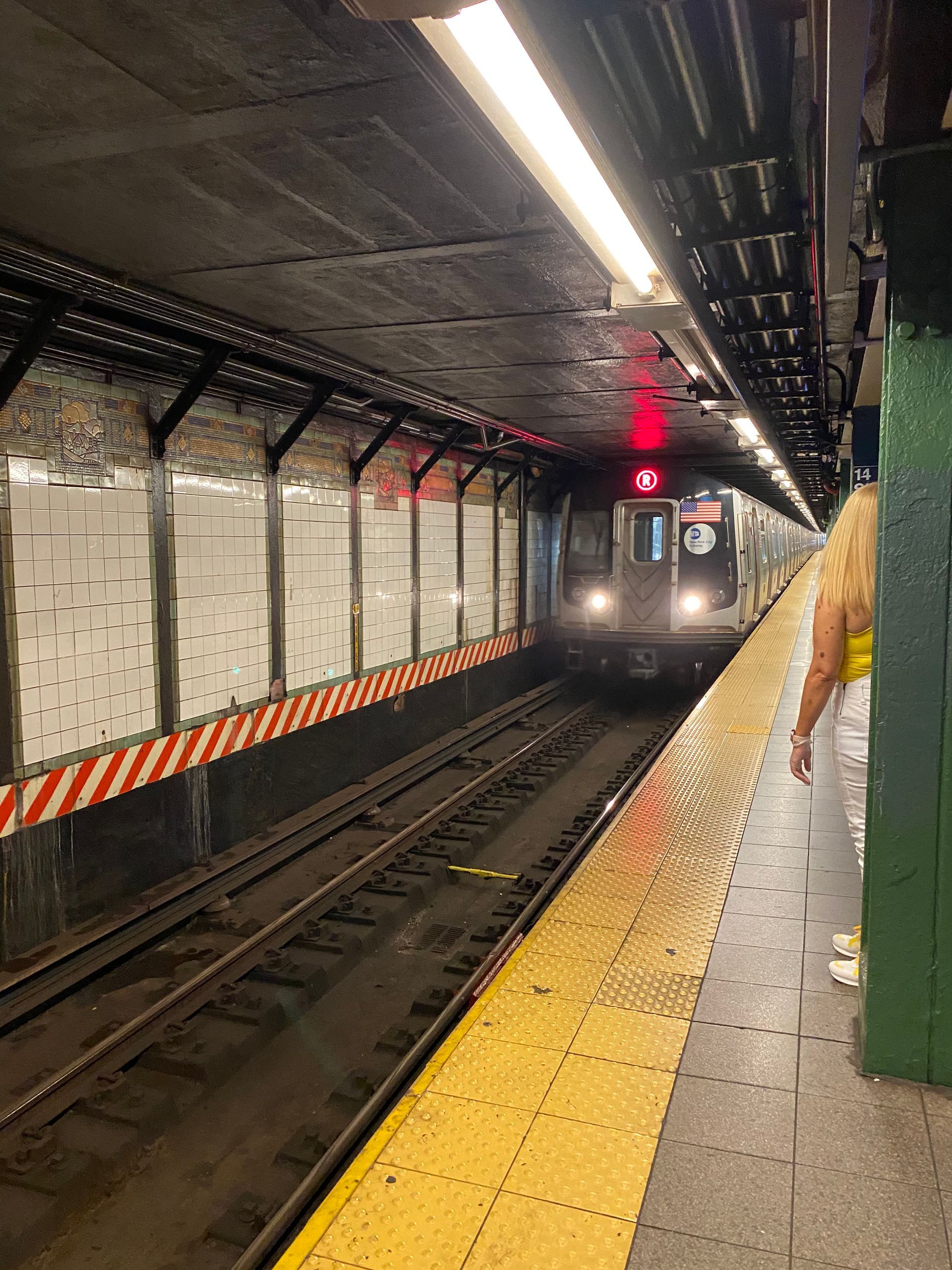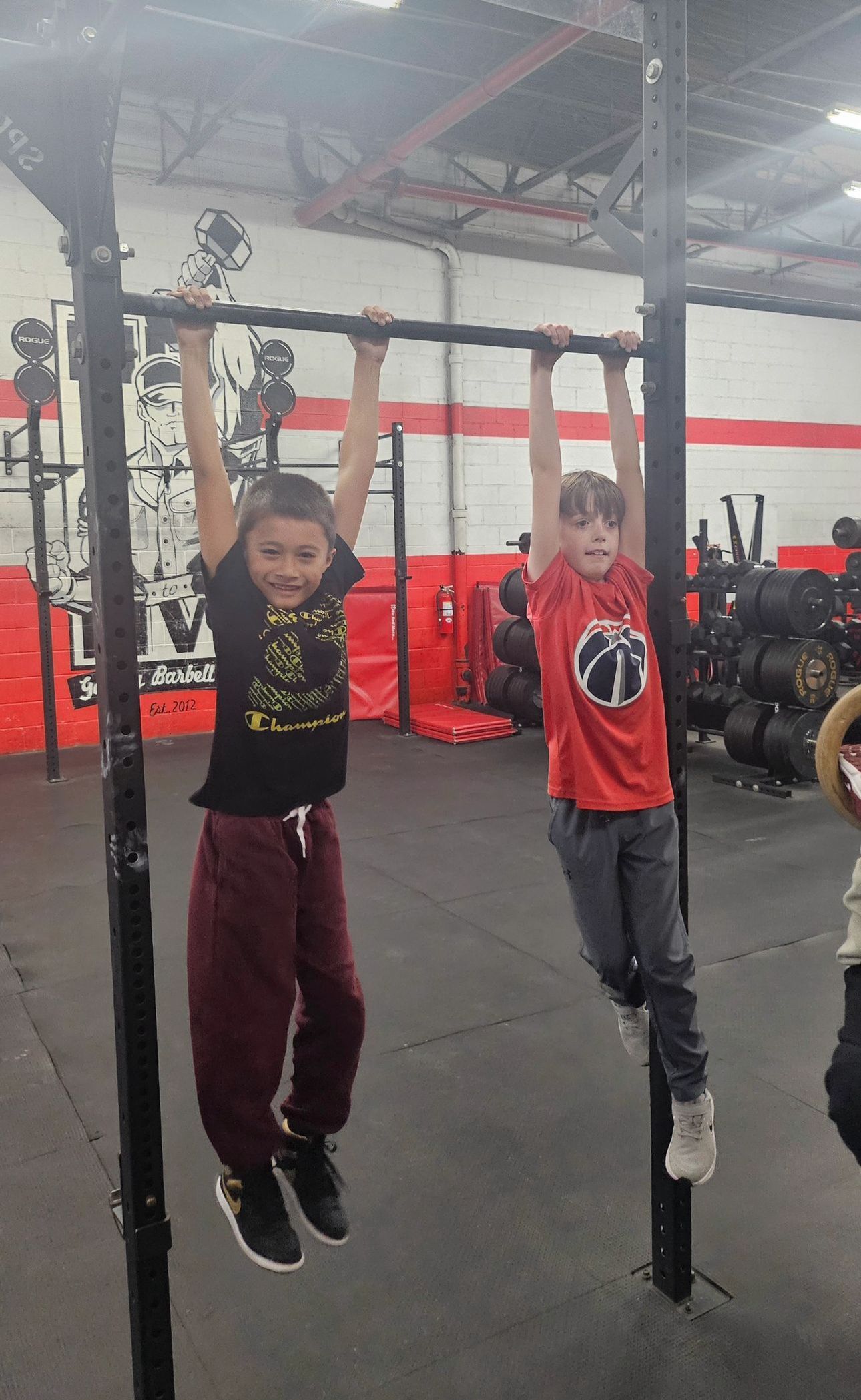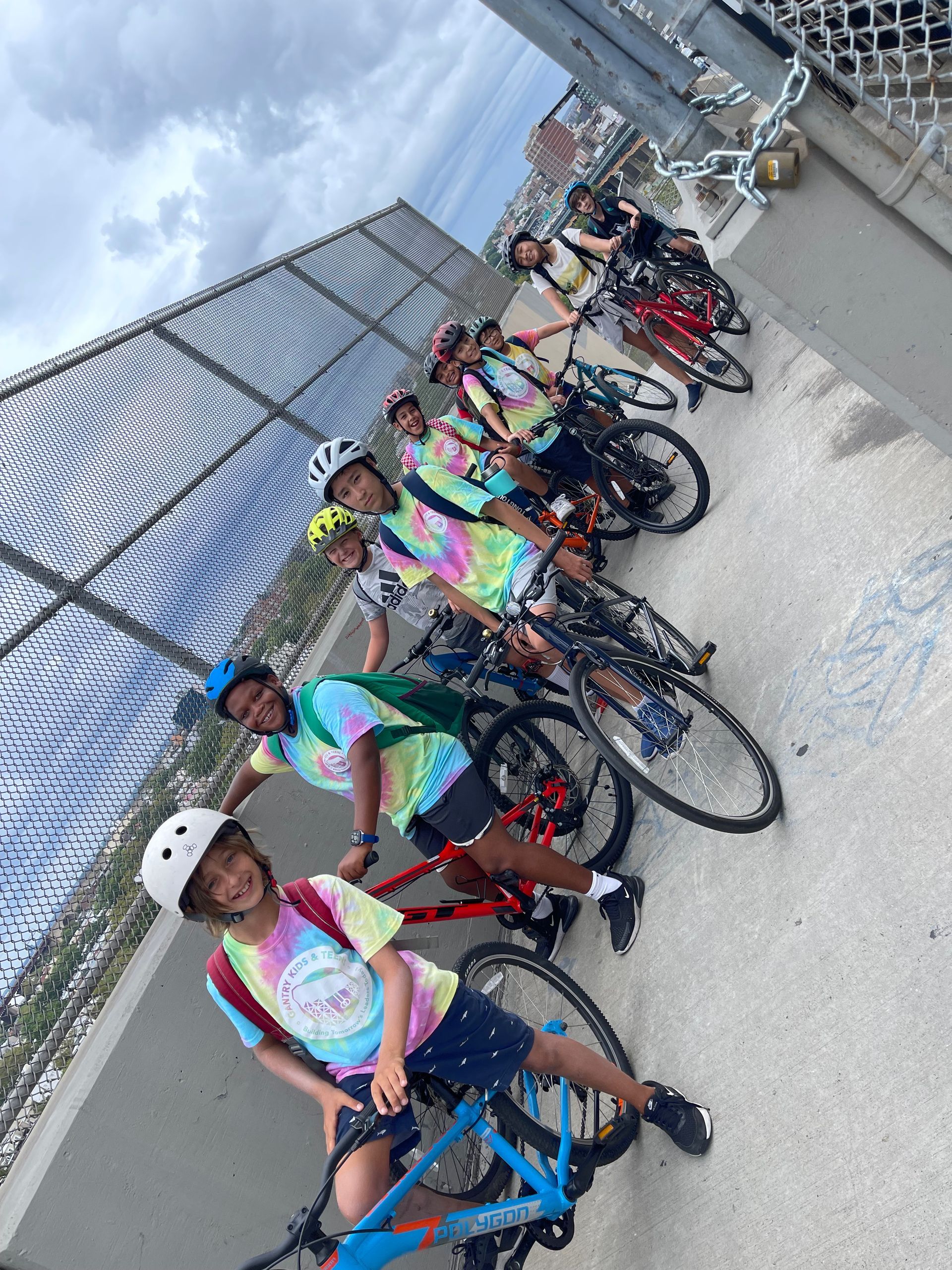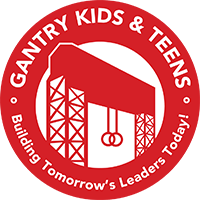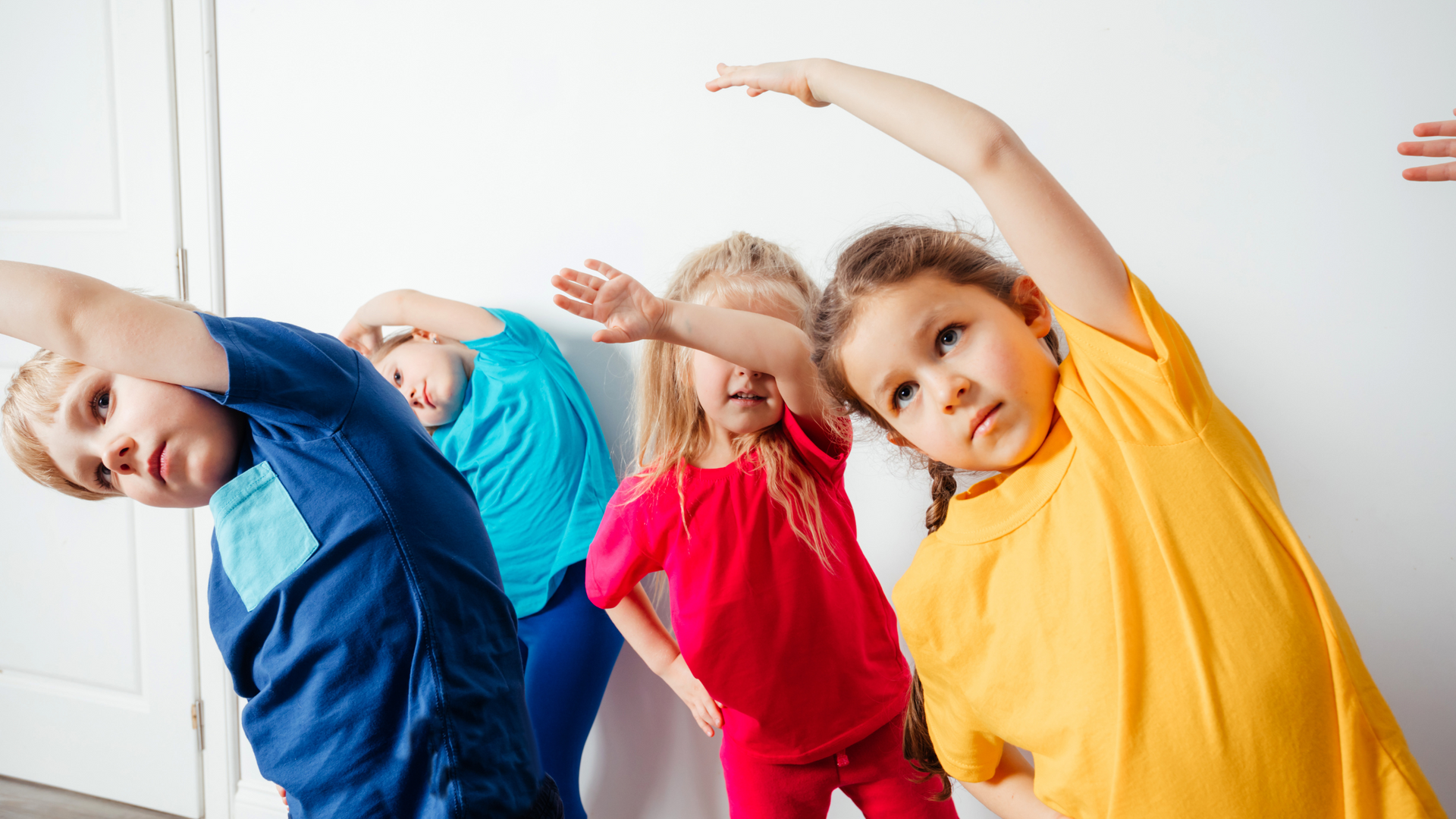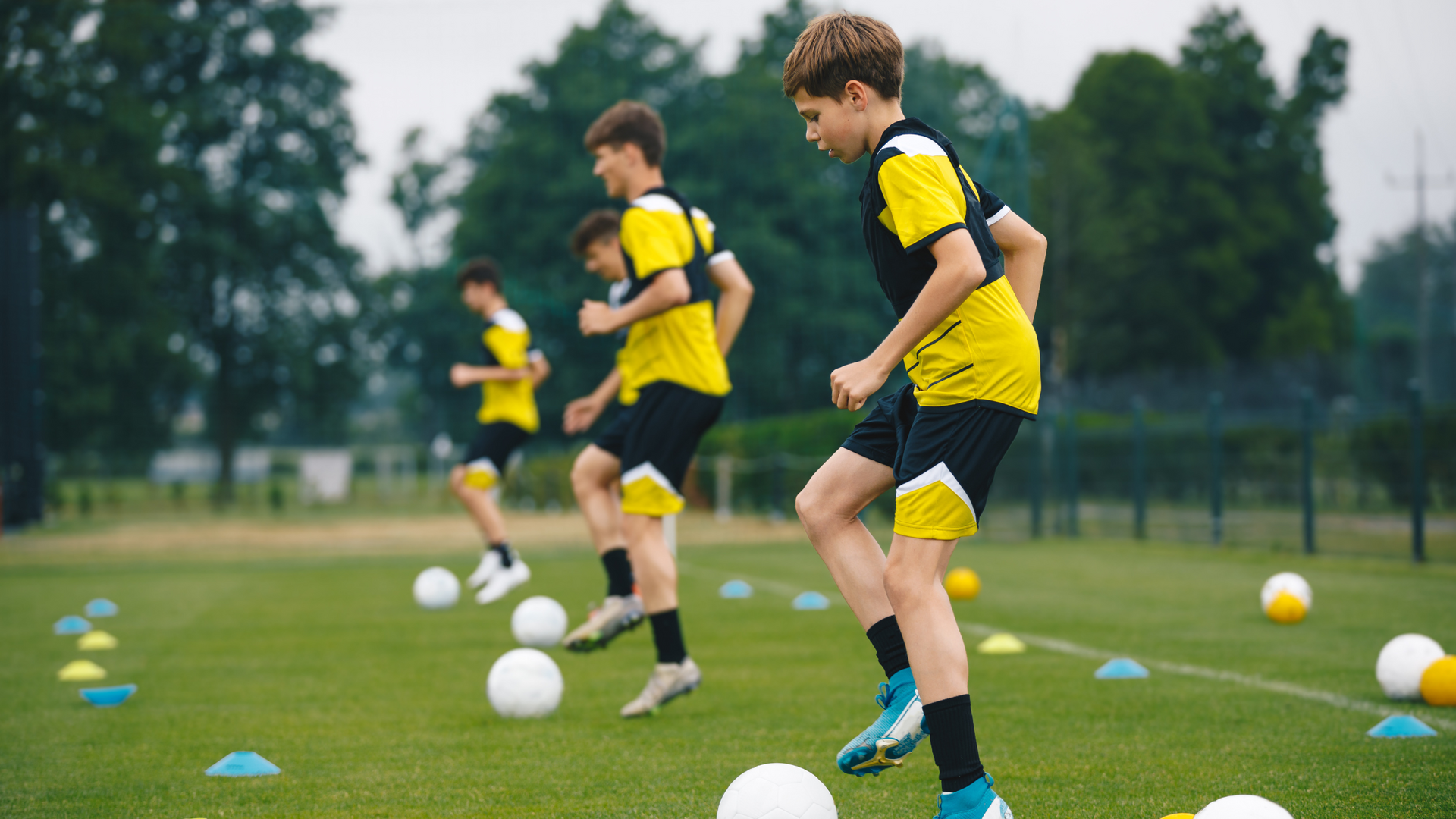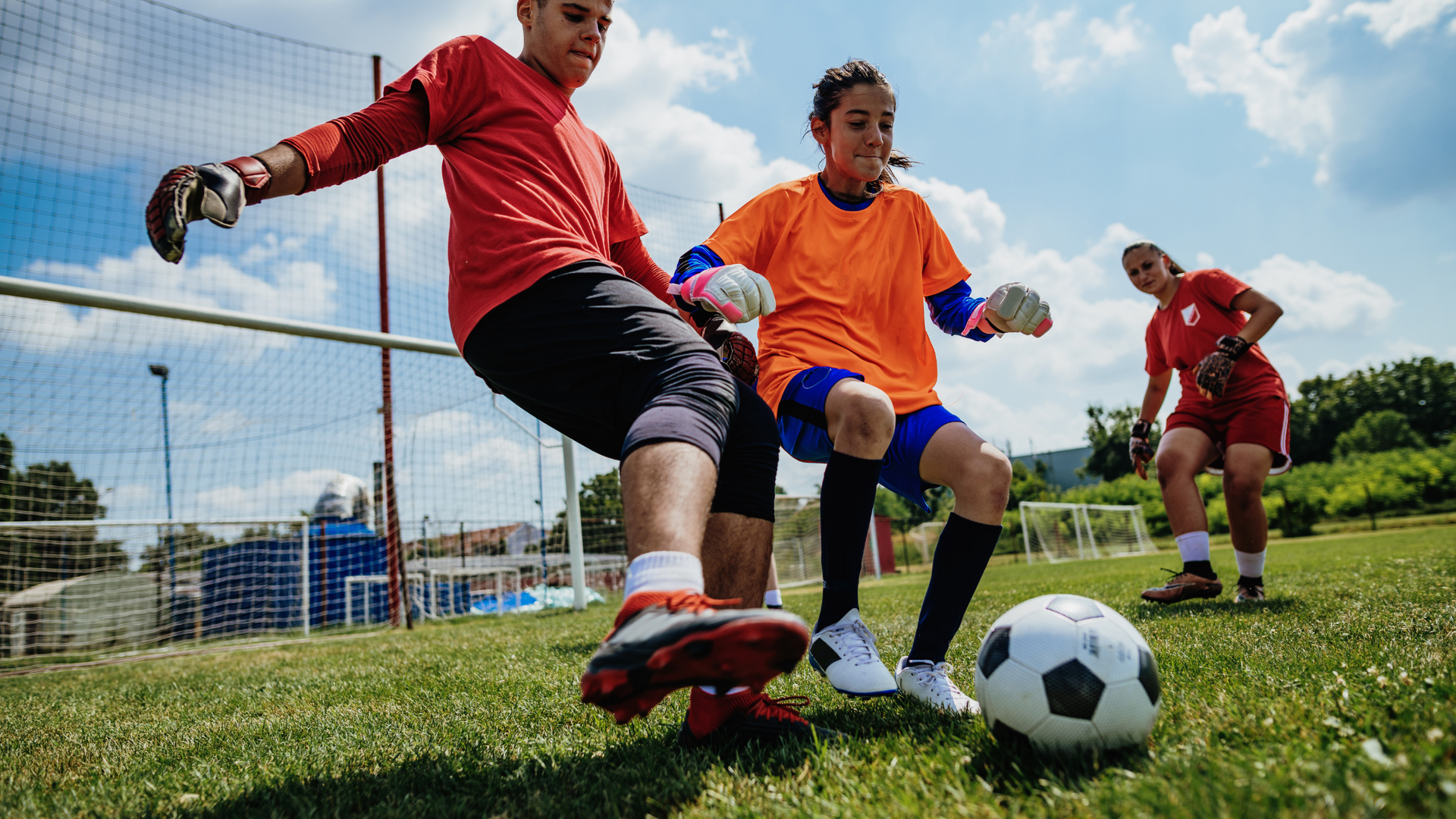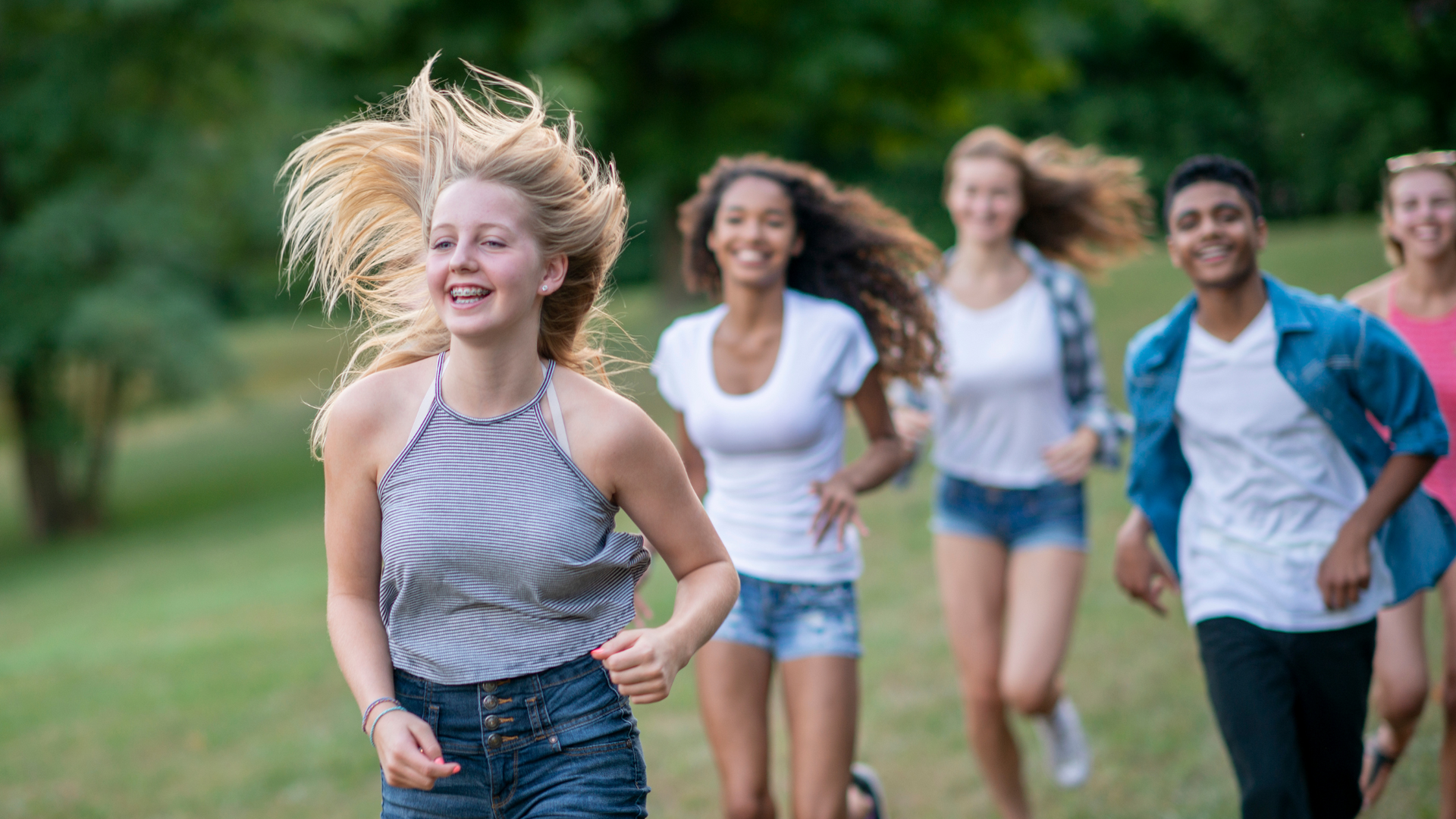Transitions - How to Help Our Kids Through
There are 1000 transitions in a day.
Wise words from a Dad of a three year old and a one year old. The truth of the matter is that young children are experiencing most of life for the first time. Everything is awe inspiring. Even if it's the same task, like getting out the door and into the car, they have little recollection of times before, or one little thing makes the experience different for them: the clothes they are wearing, the time of day, a puddle from last nights rain in the driveway, or even where the car is parked. Remember too, that kids are learning analytical thinking and can't truly transfer concepts until they are approaching their teens. You can read more about that in Chapter 3 of my book: "Where Kids Are" How Not to Ruin Your Kids, pp. 25-31. So how do we support them in being able to transition smoothly and easily?
The start of school is a HUGE transition for kids. Going from summer fun: late nights and slow mornings, to getting to bed early and up with the sun! In most homes, there is less structure in during the summer months, more physical activity and unstructured time in each day. All those combined create space for kids to self-regulate much easier than during the school year when physical activity and movement in general is extremely limited, and each minute of the day is scheduled out. The new academic year may also be a series of NEW NEW NEW.
Nothing New on Race Day!
When I used to race marathons and triathlons, there was a saying...nothing new on race day. No new clothing, sneakers, socks, nutrition, hairbands, bathing caps, even if they are the same, but just brand new out of the bag! You don't want to end up chaffing in weird spots or spending more time in the bathroom than is necessary! Following this simple rule avoids NEW problems or worries. First days of school and the like are often moments of numerous new things as well as transitions. New outfits, new shoes, new school supplies, new friends, new teacher, new school building, new walking route, NEW NEW NEW! SYSTEM OVERLOAD! Yes, there are some things that you can't avoid, but there are others that you can manage before the big day to alleviate unnecessary angst! Nothing new on race day friends!
If your child doesn't transition easily or has some nervousness about new situations, take the time to practice to get them through. This may look like a trial walk to their new school with time spent on the playground a few days before school starts! Putting into place school year practices like early to bed, laying clothes out the night before or packing lunches the week before school is back in session. Attending a meet and greet with teachers or checking out your after school program. Maybe even carrying their back pack around and including them in buying school supplies and labeling their personal items. Having them contribute in the process provides agency and importance to a child. The bottom line is practice! If we manage the "doing" the nervousness of new things and transitions may not be as overwhelming.
Including kids in the process has a two-fold purpose: they have accountability and the experience of some control over their lives and you get something off your plate! Think about how often your child actually gets to make an autonomous choice? Not very right? Parents and caregivers often decide what's for dinner, what clothes to wear, what's for lunch, when things get done. Outsource some of that to your child. Let them choose what they wear to school. Don't worry if it doesn't match or even seems like the wrong season. It's one of the few ways that kids can express themselves. You can encourage them to throw a hoodie in their bag in case they get cold. If not, they will learn on their own. You aren't a negligent parent for letting your child make a few choices. Now, I wouldn't wait until the morning to make these decisions, have them do it the night before and lay out their clothes (socks and unders included). If your child is overwhelmed with that decision making, give them three options to then choose one. For younger children, go through the process together. As they gain more confidence in making choices, again, that's new to them, you can slowly become less involved. Maybe they make all the decisions and do the reveal for you when they are done!
Maintain Some Summer Fun
The amount of physical activity most kids get during the summer is ten fold from the school year. We see it every year at the beginning of Summer Camp. Kids are ravenous because the lunches that sated them during the school year no longer meet their nutrition needs in an adventure packed summer. They sleep better during the summer months from spending time outside and really exerting themselves throughout the day. They are literally tiring themselves out. They have stronger bones, tons of energy, and have healthier immunity with all the exposure to Vitamin D. They are centered and grounded being in nature. I could go on and on. The point being, during the school year, there are more constraints, so we have to make time for all these other things.
How do we do that? For children not in after school, walk home from school (in all weather), spend time at the playground and park each day, maintain physical activity by riding bikes and doing outdoor activity. Do homework outside, I am currently sitting on my patio in the morning writing this blog post. Soak up as much as you daylight, outdoor time, and get moving as much as you can!
For children that are in after school programs, see if they get outside. If that is not an integral part of their day, like at Gantry Kids After School, talk to the administrators of the program and see if some outside play can be integrated. Make sure the after school program also offers free play. Time for kids to play without adult intervention. Again, it's one of the few times where kids have agency and autonomy. It's also where the magic happens, life skills are learned and kids learn to regulate. If your child's after school doesn't provide these two basic needs and you have the option to look for a different program, go for it!
A Guide to After School
We believe these four pillars provide children (and adults too) with the tools needed to navigate today's world!
- Outdoor Time: Humans are grounded in nature. Being outside helps regulate and restore kids' nervous systems, reset circadian rhythms, and ward off illness & build immunity no matter the weather!
- Physical Activity: Organized games & team activities teach kids communication, leadership, and resiliance organically!
- Unstructured Play: Adult free, peer only play gives kids autonomy, choice, and down time. In a natural environment, kids learn effective communication, conflict resolution, and their likes and dislikes. It's essential to building self-esteem and agency!
- Wellness: Global, community, and individual wellness is our focus. Kids have an opportunity to give back to the world, understand their impact and that humanity extends beyond their own self. We take care of ourselves, our neighborhood & the planet! © Gantry Kids & Teens
Take a look at the philosophy and practice of after school programs and see if it's meeting your child's needs. If your child is coming home bouncing off the walls, or even a little sad and lethargic, their after school may not be a good fit. Shop around and find what fits best. Consider when your child is happiest and the most engaged once they are in a program. Meaning, if they are fearful or apprehensive in the beginning that's okay, but it's not a measuring stick or where to hang your hat. Dive into where they are most self expressed and confident. Find a program that matches that engagement!
Obviously, we think Gantry Kids After School focuses on the whole child! You can register here to learn more about our program and have a one on on with our Program Manager Deanna. She's available for virtual meets as well as in person at the gym.
Set your appointment here.

